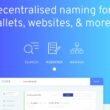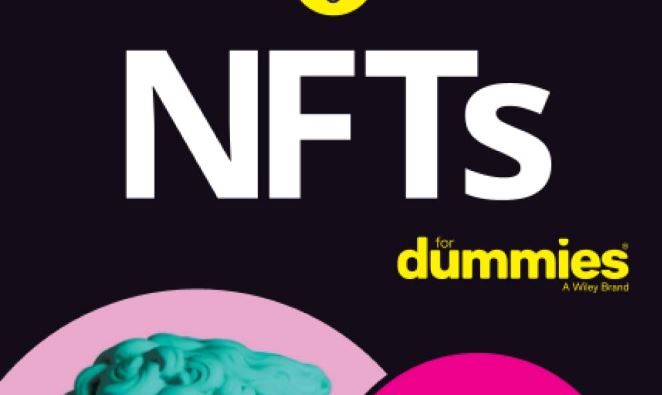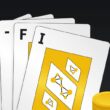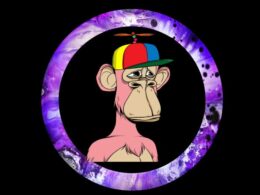An aspiring painter, Lydia, plans to host an online exhibition of her digital paintings. As a result, she is concerned that her paintings will not be safe because the exhibition will be accessible online, and anyone could easily replicate her work.
On the suggestion of her buddy John, Lydia considers NFTs, as she’s told they are trustworthy, easily transferable, and she retains ownership of her artwork. He advises that she mints NFTs for each of her paintings. The whole concept of NFTs is new and a mystery to Lydia. This is how it is explained to her.
What is an NFT?
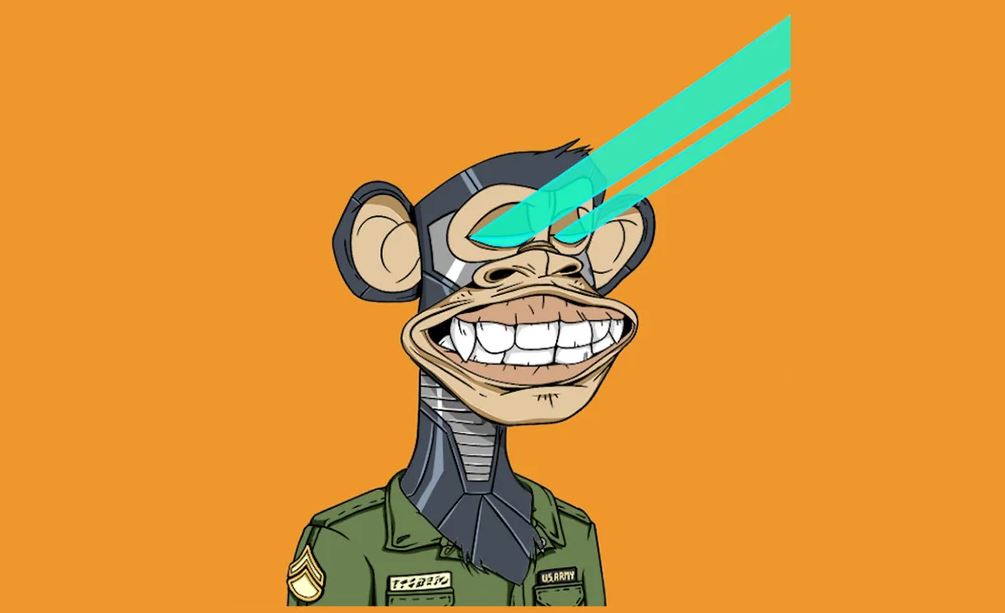
Basically, an NFT turns your digital asset into a one of a kind token. As a result, your asset will have a unique digital signature that may be traded for real money, bitcoin, or any other thing of value.
The term “non-fungible” simply means that the item in question cannot be used in place of another item, and each of these items symbolizes the exclusive property of a single owner.
Fungible tokens can meanwhile be exchanged and divided into smaller units that form the same original value. A $100 banknote, for example, can be exchanged for ten $10 bills or fifty $2 bills, proving its fungibility.
A famous painting like the Mona Lisa is nonfungible, since an exact copy can never be made, and if this is tried, it will never be authentic.
This makes each NFT unique and verifiable because it is impossible to counterfeit an authentic digital certificate and record that contains information such as who owns and sells the digital asset.
How Do NFTs Work?
For your digital treasures, such as games, music, and art, an NFT essentially creates a blockchain-based digital certificate. This certificate provides your artwork with a distinct identity.
As with cryptocurrencies, the underlying technology and programming language used by an NFT is the same, the most common being the blockchain.
The Ethereum Blockchain, a decentralized public ledger that keeps track of all transactions, hosts the majority of NFTs today, but other more efficient blockchains like Polygon and Solana are eating into its market share.
Once on these ledger, the information cannot be modified, edited or deleted, because that would mean the collusion of millions of computers around the world.
To become an NFT, a digital asset has to go through a process called ‘minting‘. Once it is minted, it can then be listed on a marketplace like OpenSea to be traded. Many marketplaces do the minting for you at a small fee.
Are Bitcoin and Other Cryptocurrencies Fungible or Non-fungible?
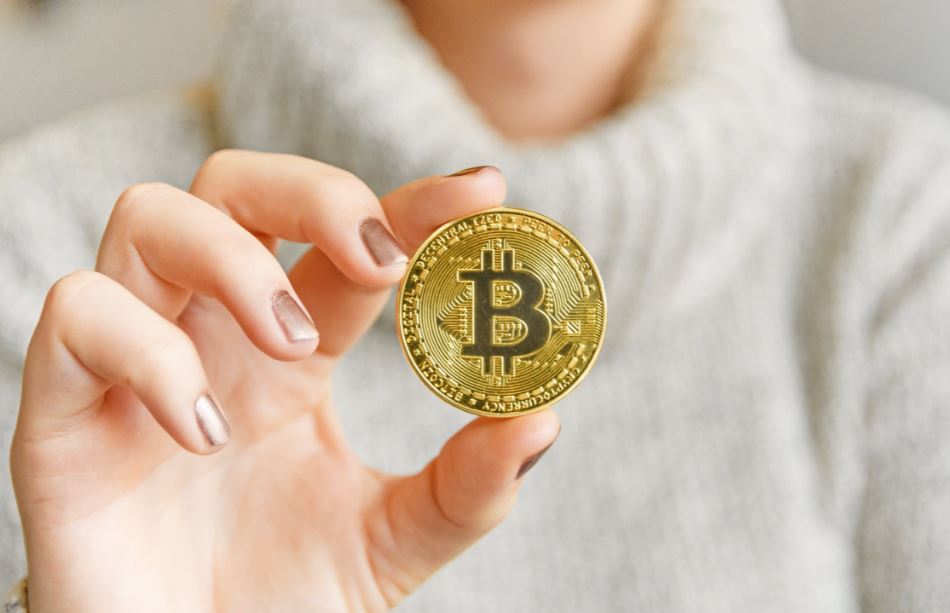
Despite sharing the technology, NFTs differ significantly from cryptocurrencies like Bitcoin, Dogecoin, and other coins in that these are fungible tokens.
Just like cash, if I send you 1 bitcoin, and later you send me 1 bitcoin, the value may be the same but the bitcoin does not necessarily have to be the same one.
This exchangeability, or replaceability does not happen with NFTs.
Also read: What is an NFT floor price?

